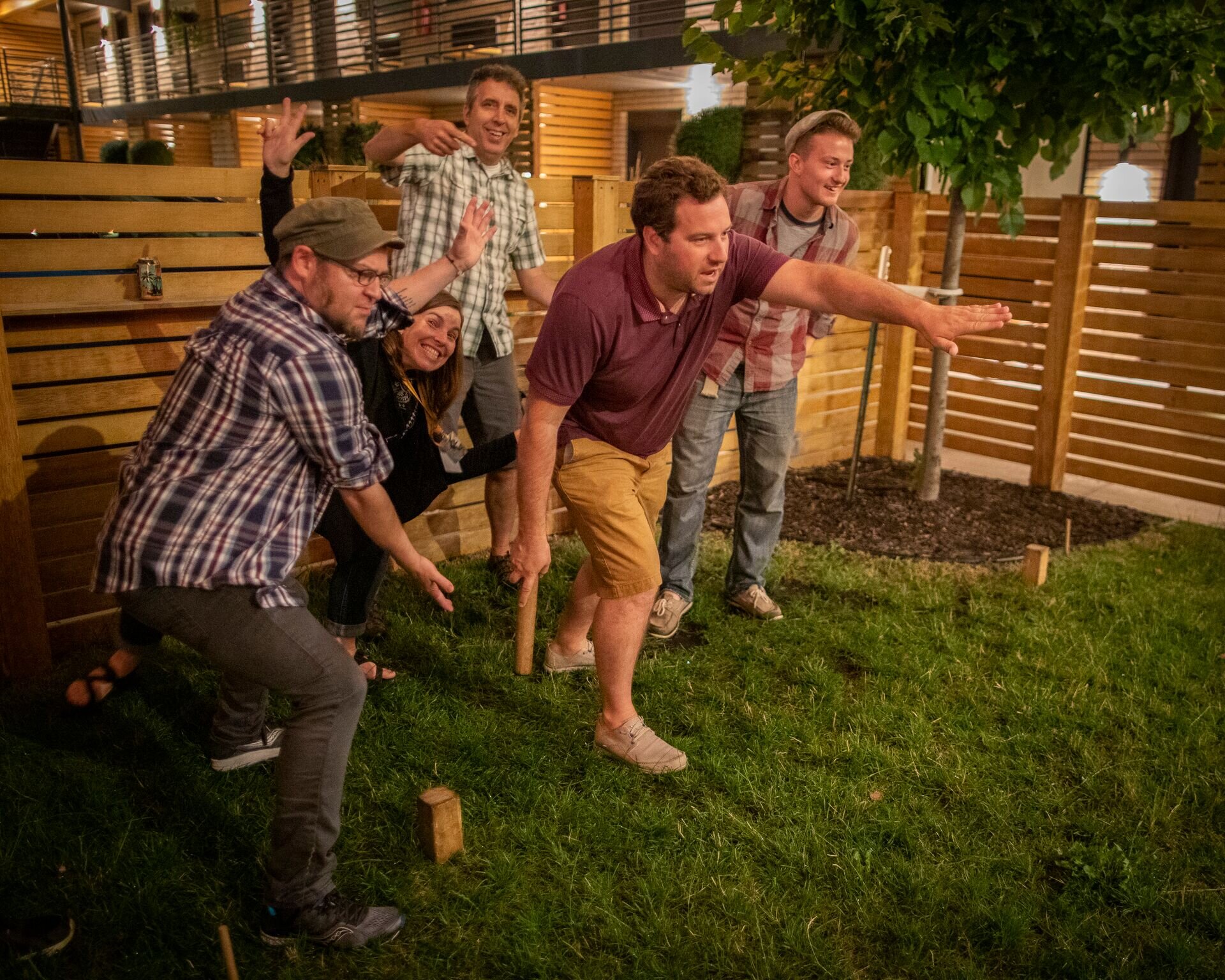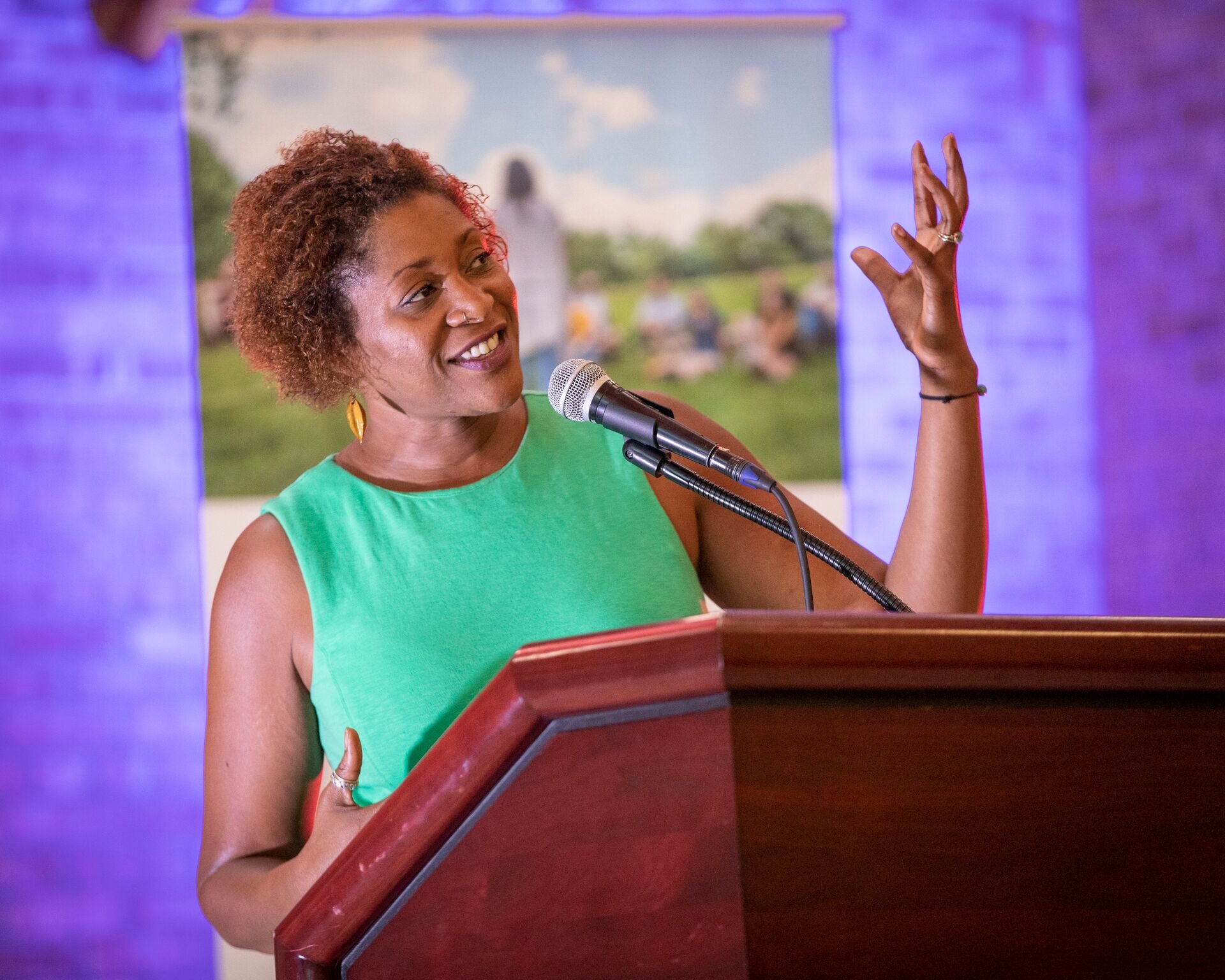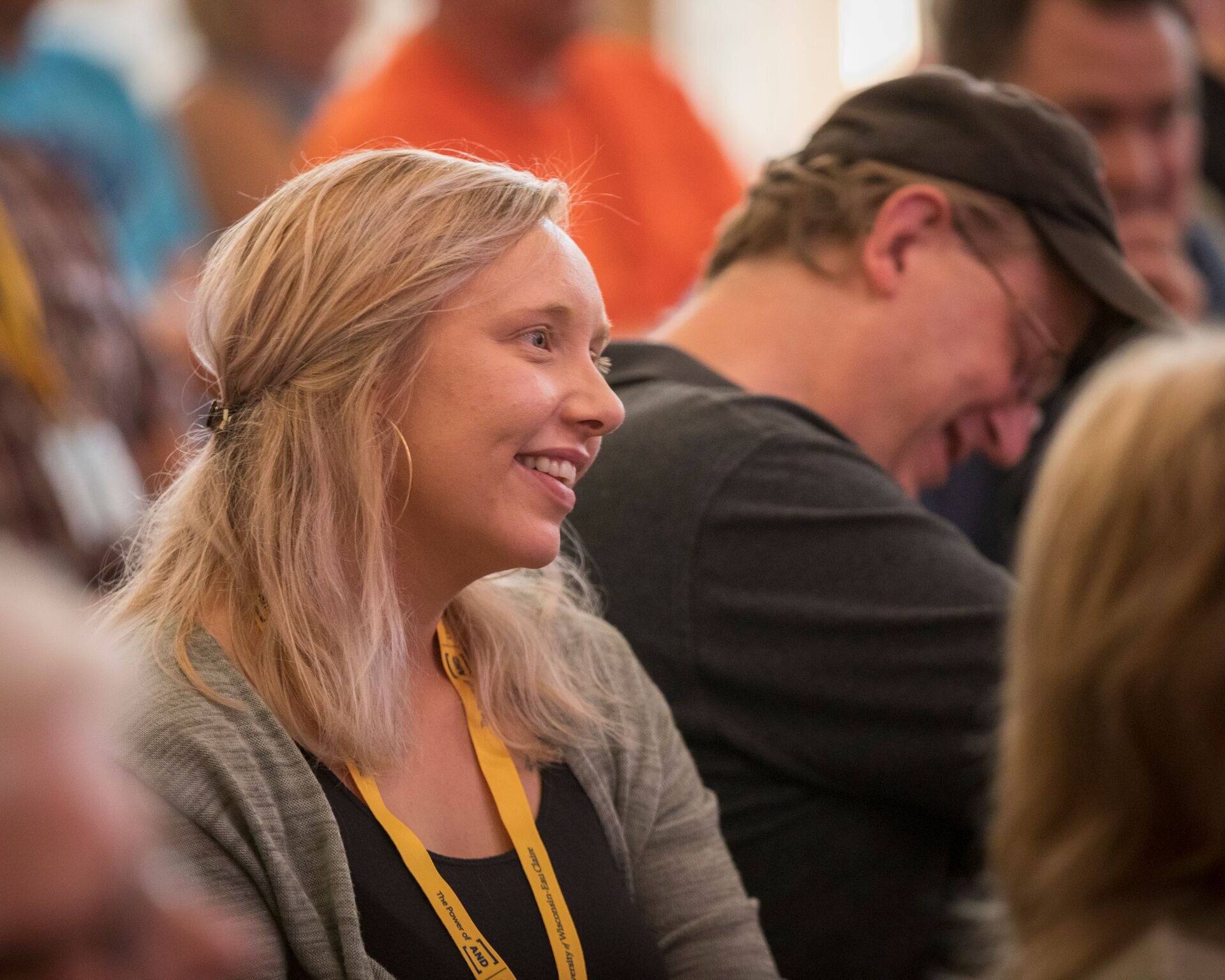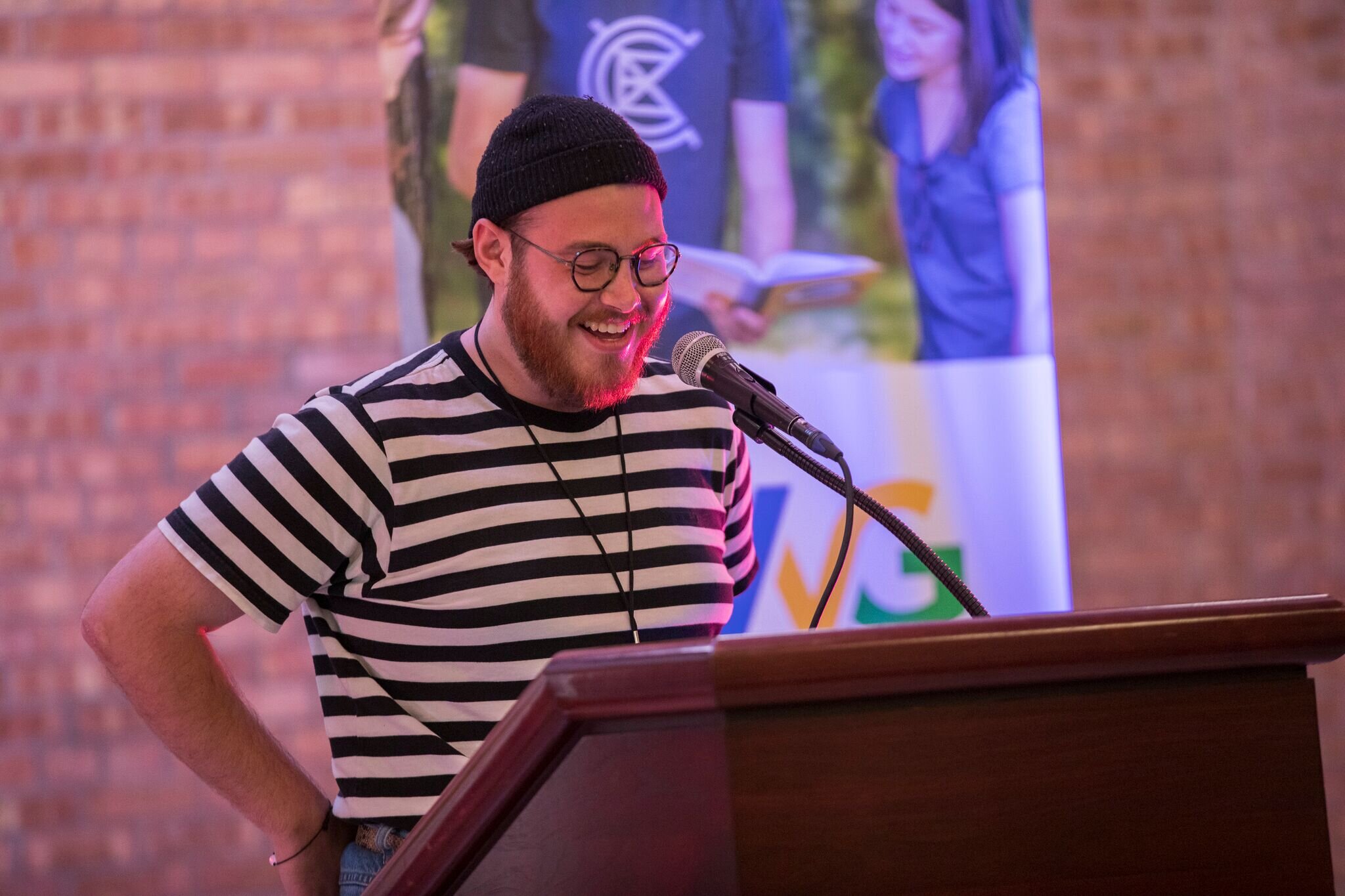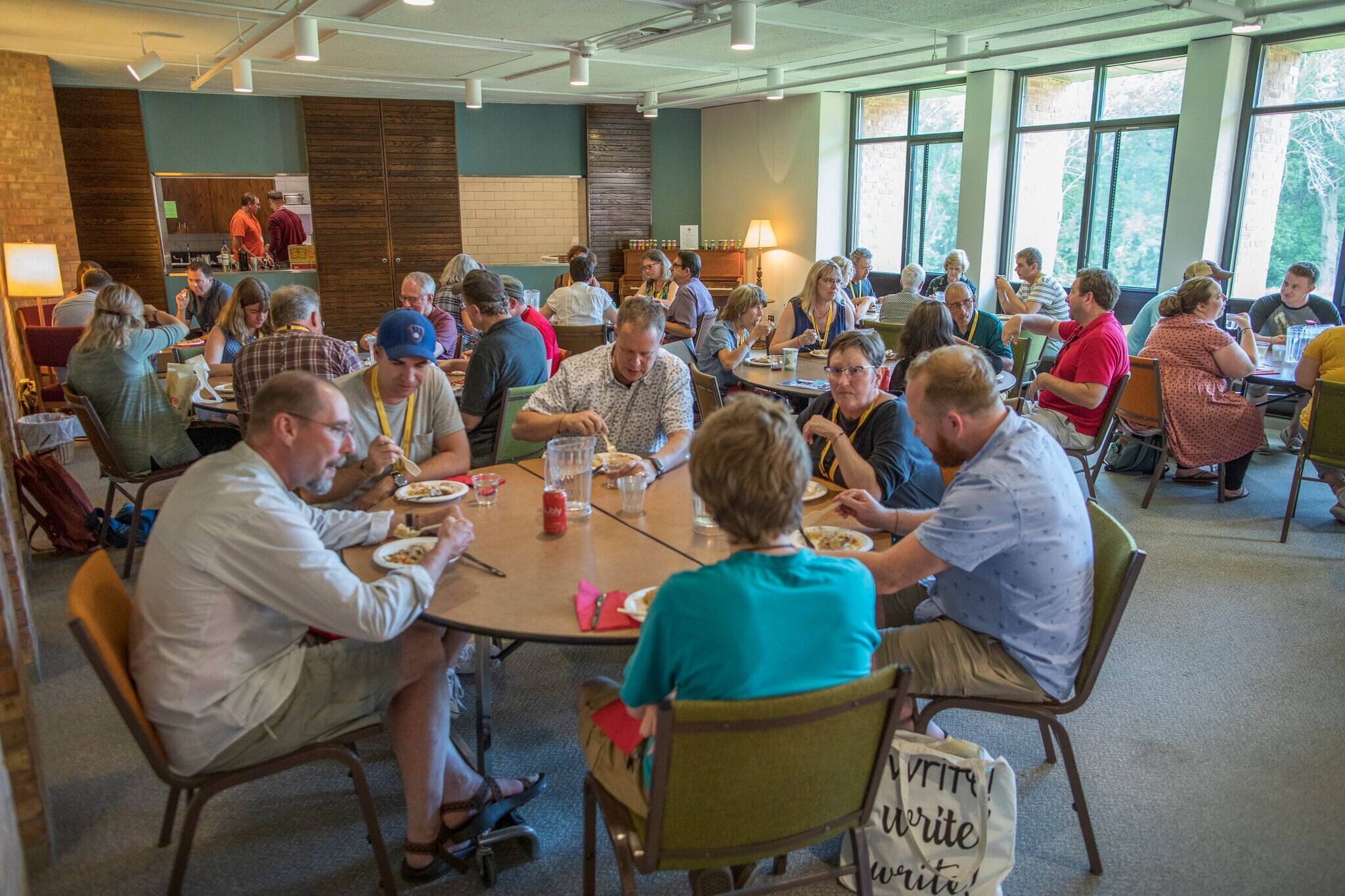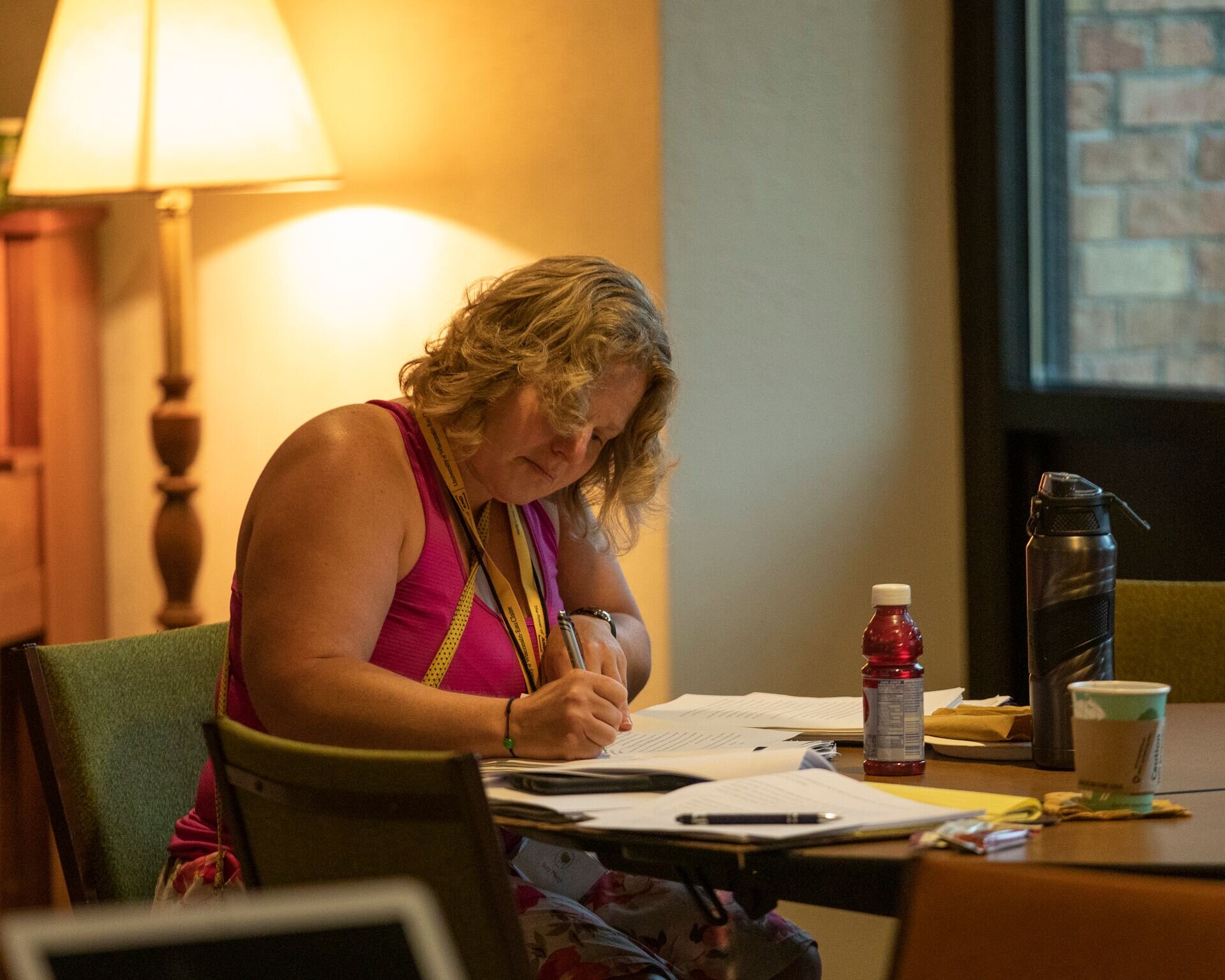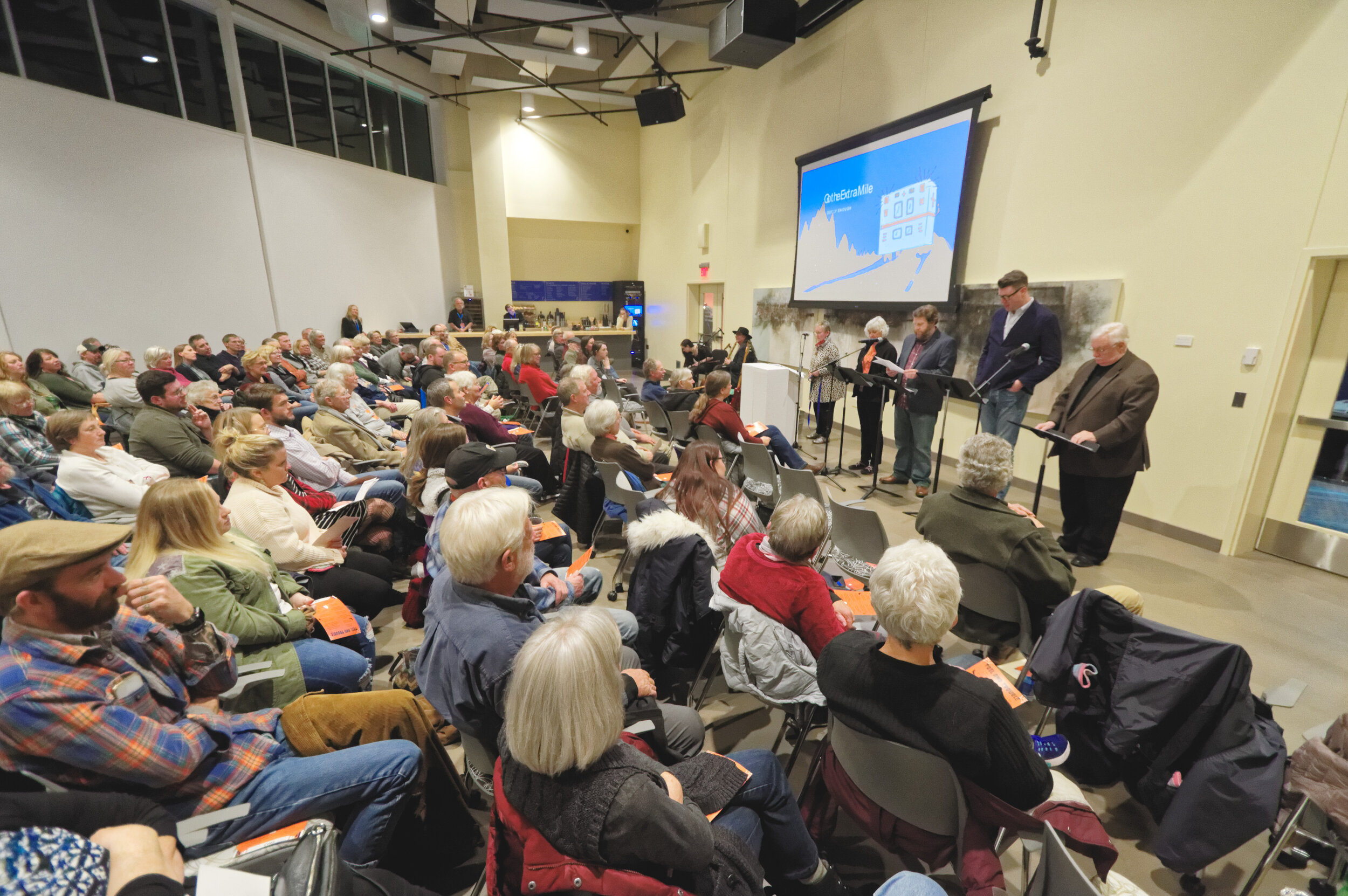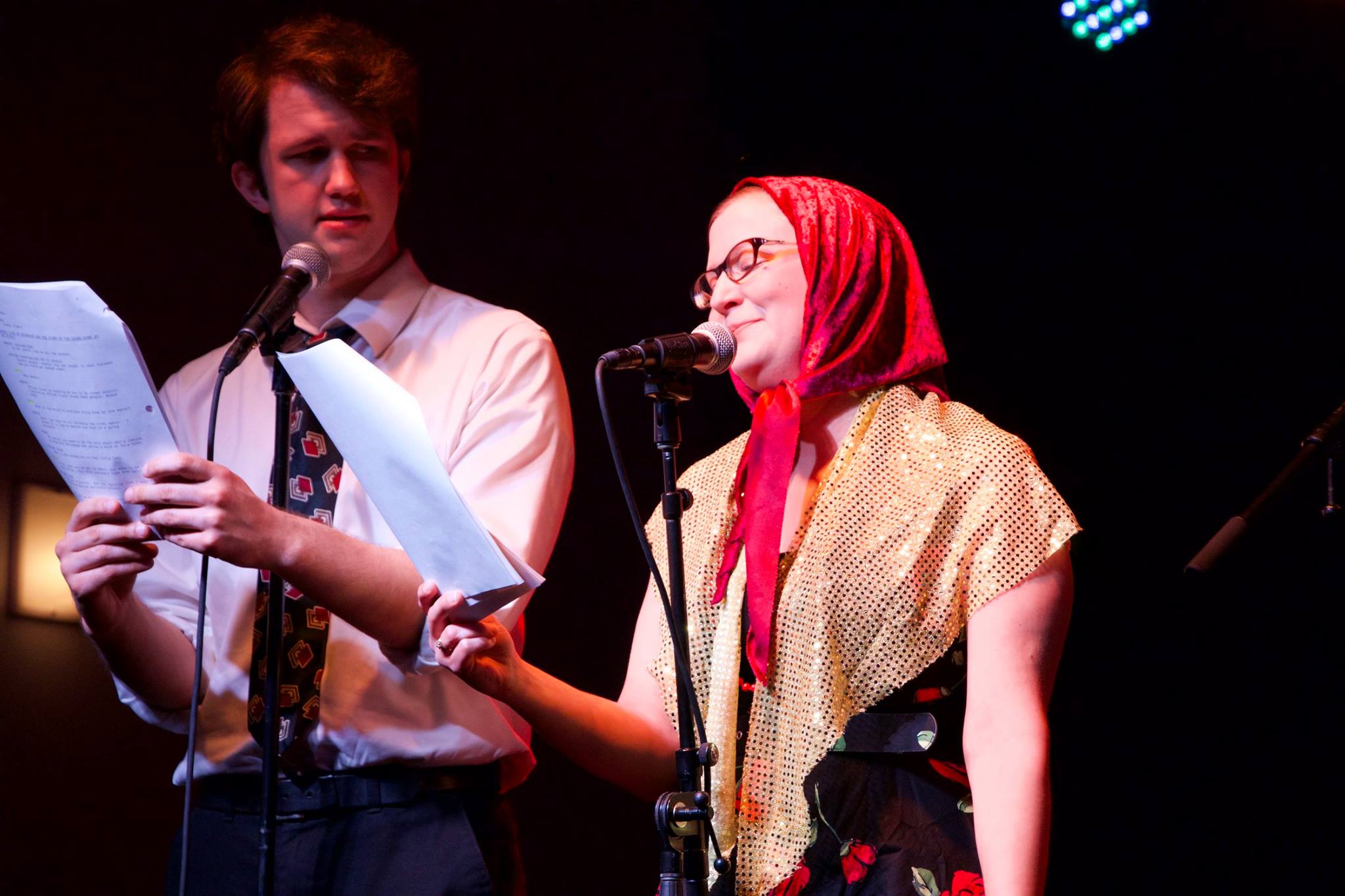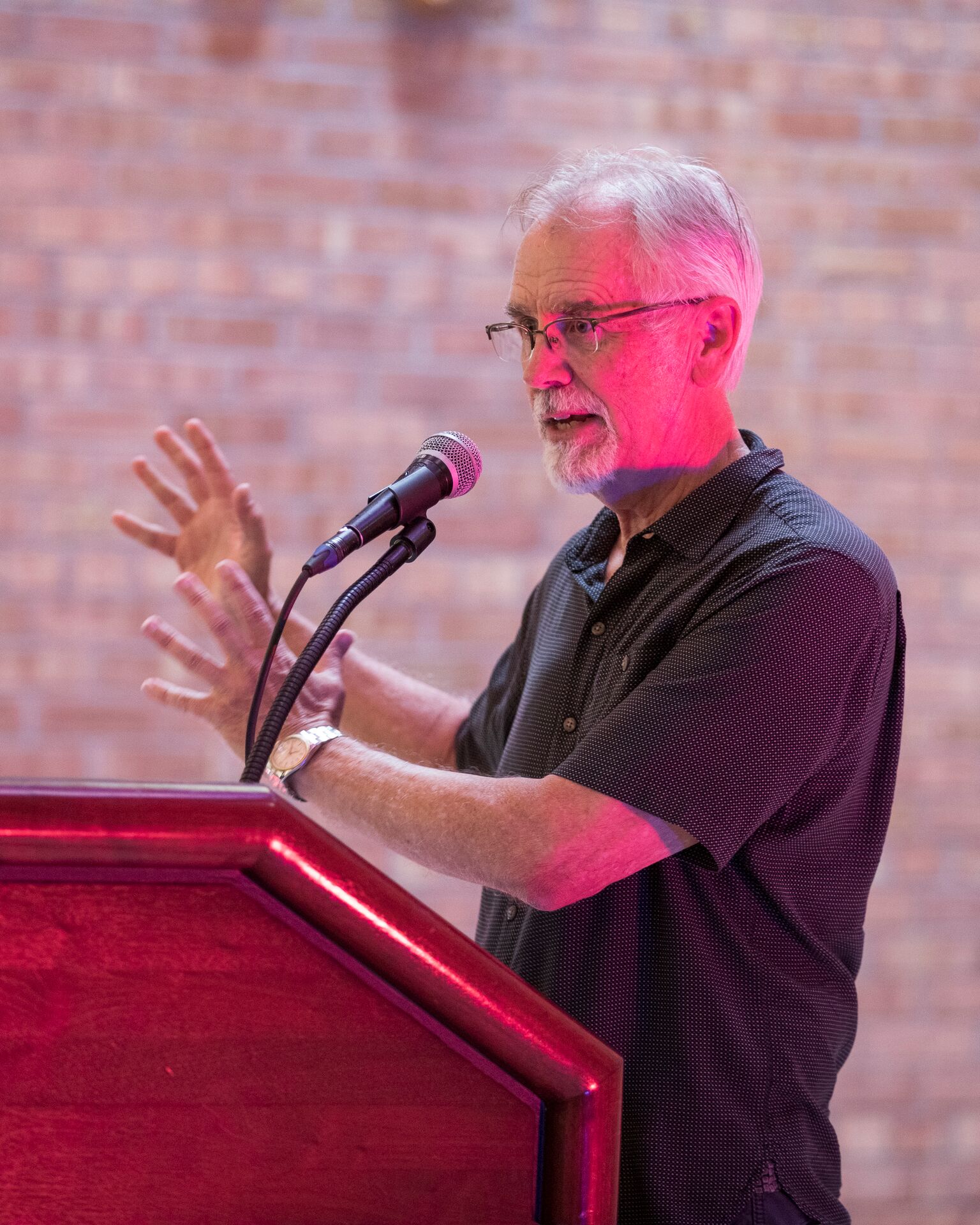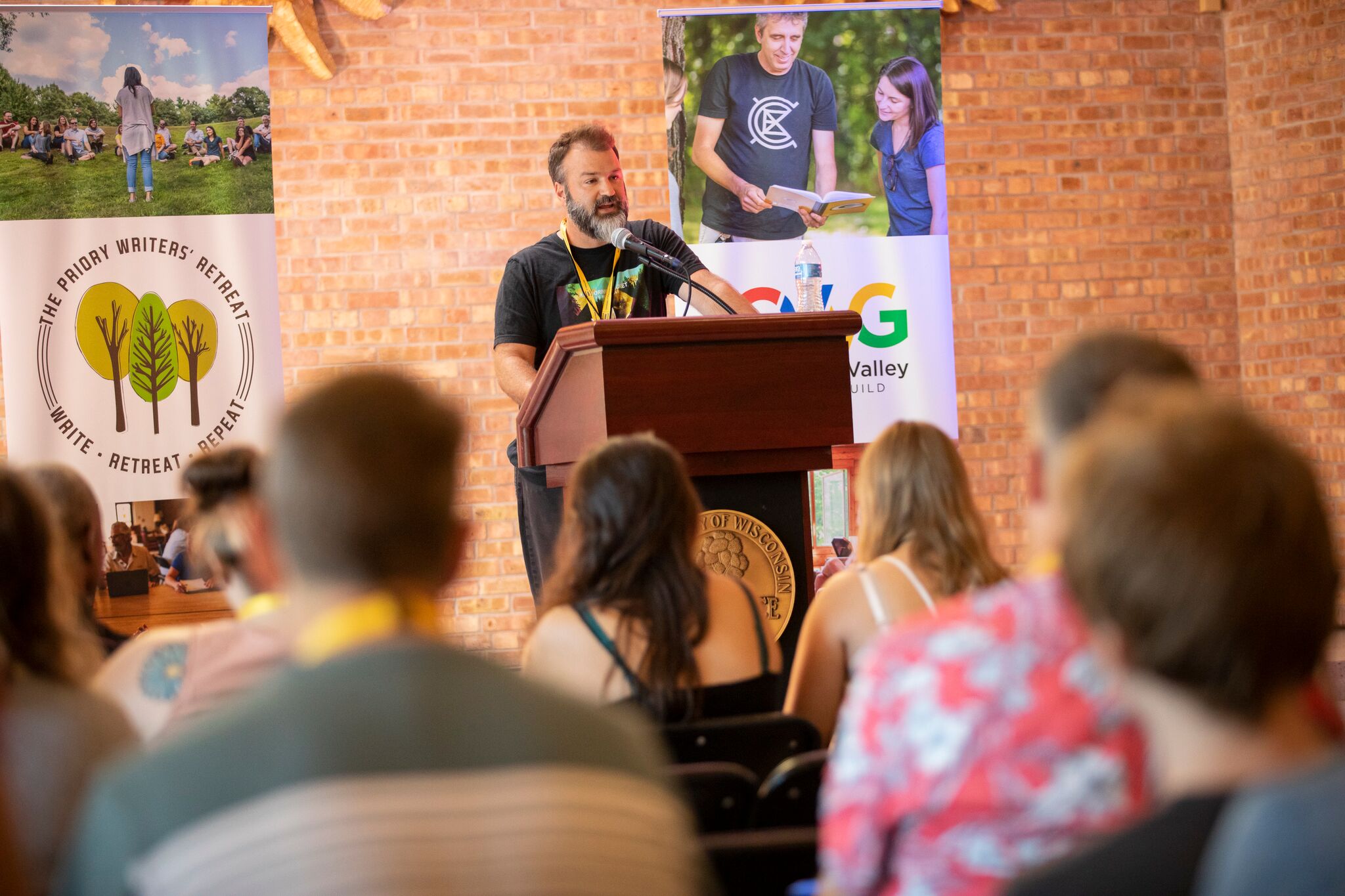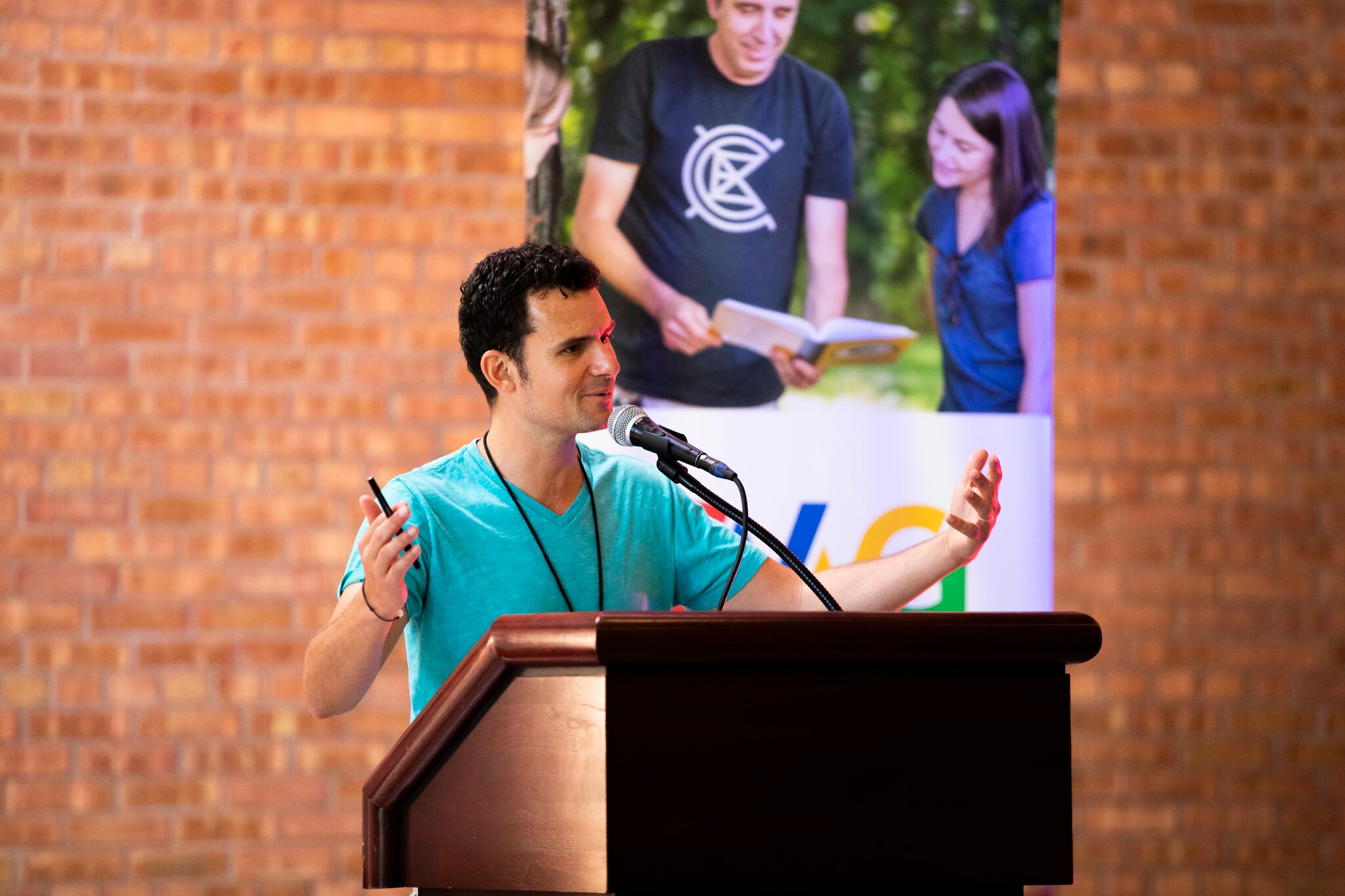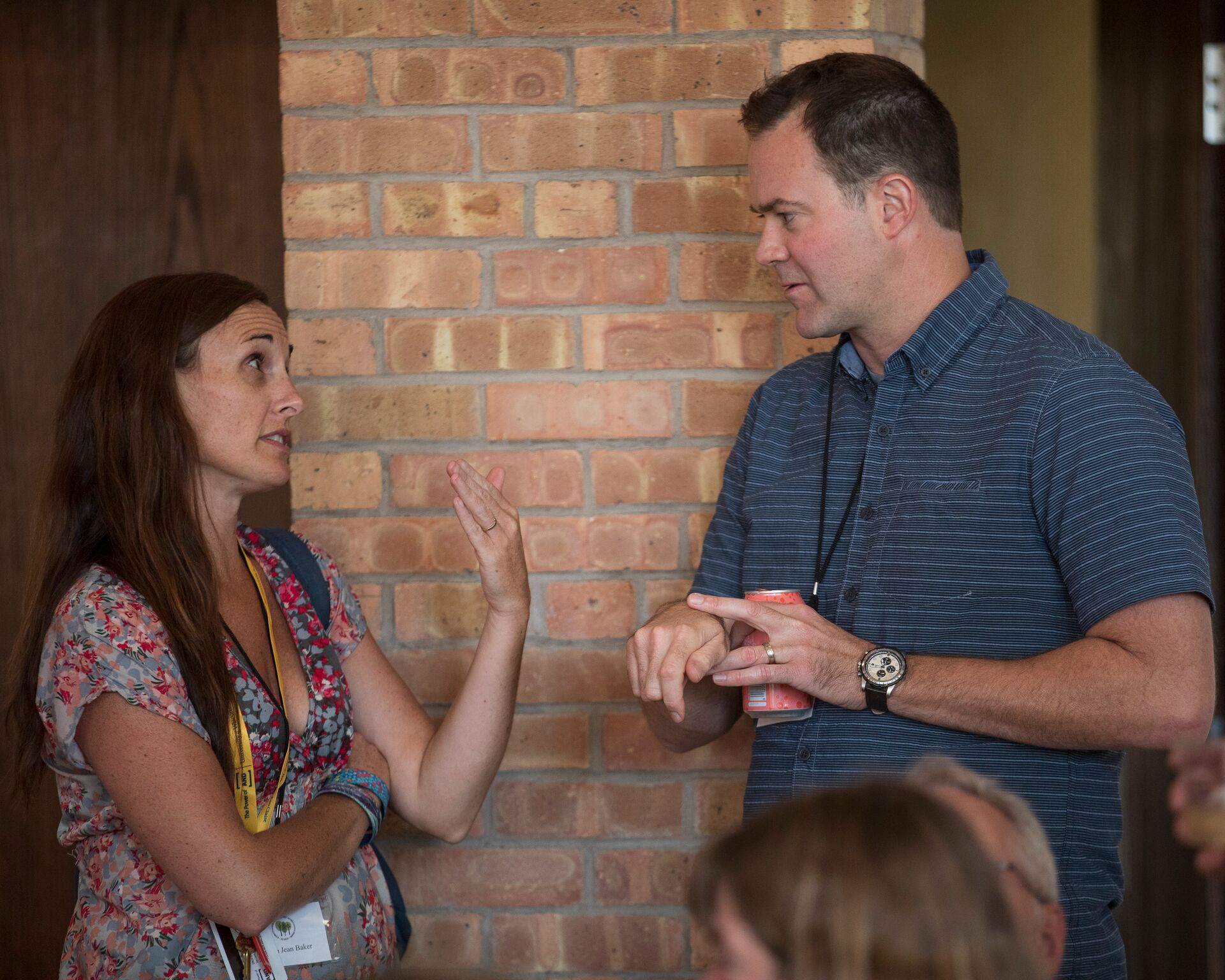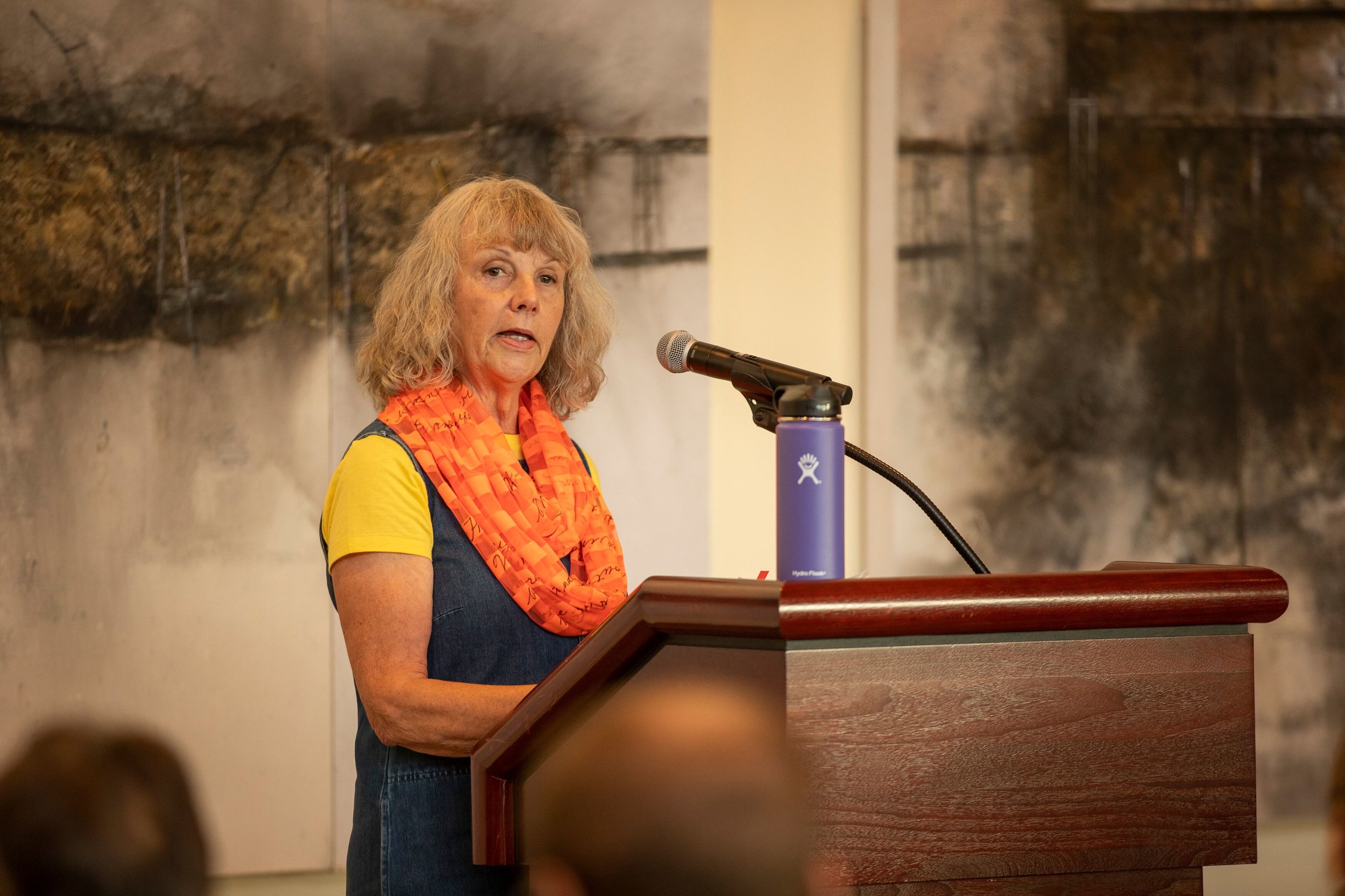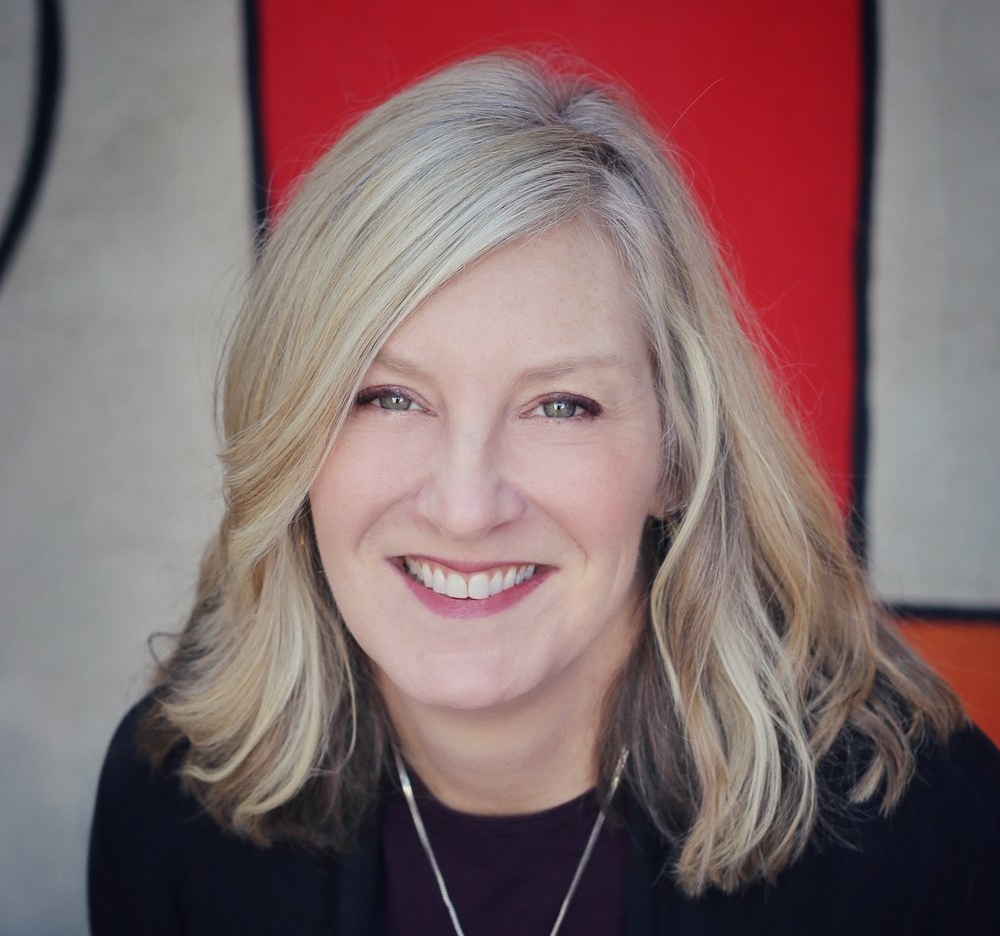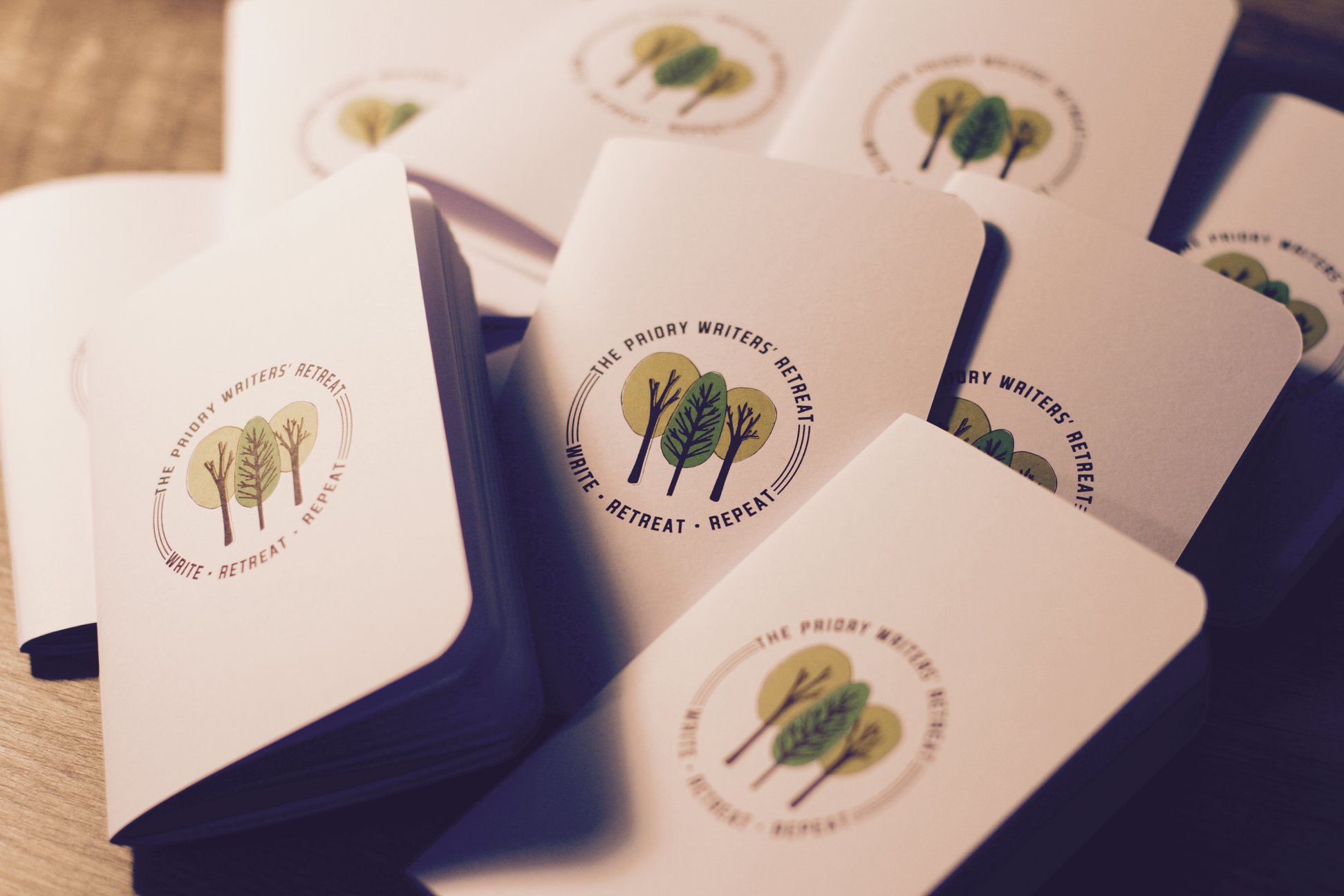Rebecca Mennecke
Dimitri Mendeleev had a dream.
Literally, a dream.
After writing his book, Principles of Chemistry, Mendeleev (or, by his Russian name: Dmitry Ivanovich Mendeleyev) sought a way to organize the elements. According to legend, Mendeleev was so exhausted by his efforts that he fell asleep on a train ride after spending three days straight trying to develop an effective system of classification.
Mendeleev recalled, “I saw in a dream, a table, where all the elements fell into place as required. Awakening, I immediately wrote it down on a piece of paper.”
This discovery, as it turns out, was what we now know as the periodic table of the elements.
Faculty and students from UW-Eau Claire’s art, sciences, English, theatre, and other departments are celebrating the 150th anniversary of this historic discovery in “Dmitri’s Dream: Discovering the Alphabet of the Universe” – an event that will be celebrated at 7pm on Tuesday, Dec. 3 at the Pablo Center.
I had the chance to chat with Stephanie Turner, a fantastic professor of English at UW-Eau Claire, who has been “ground zero” in assembling the audio and visuals for the event – a learning curve that has been fun for her, since she enjoys visuals and problem-solving with technology.
Rebecca Mennecke: First, can you tell me a little bit about yourself? I notice on your Blugold profile that you specialize in rhetorics of science! How did you get to be a part of this event?
Stephanie Turner: I'm drawn to this sort of event because my teaching and research typically crosses disciplines. I teach science communication and visual rhetoric, and my writing focuses on animals in visual culture and artists' response to biodiversity loss. I'm interested in how people learn about and use scientific knowledge to make practical decisions. Plus I really like the people involved in this Art AND Science group! I've been involved with their events in previous years. For example, I was one of the readers in a readers theatre production of excerpts of four science-related plays. That was my first experience with doing readers theatre, and it was a lot of fun.
RM: Technical writing is one of your specialties, and part of that comprises taking language within science and communicating it to specific audiences in a way they understand. How can we take a cue from Dmitri in finding new ways to not only integrate science into art, but also communicate that intersection to specific audiences?
ST: Dmitri was a teacher as well as a researcher, and his challenge was trying to teach his chemistry students about the elements. In addition to the story that he had a dream in which he envisioned the periodic table, another story has it that he developed the table that became the basis for the modern periodic table in trying out different ways to teach chemistry. He knew that to really understand something, it's important to teach it.
RM: Why is the 150th anniversary of the periodic worth celebrating?
ST: Dimitri's contribution to chemistry is that he recognized the periodicity of the elements. In other words, they are predictably related by atomic weight and atomic number, and this can be represented in a systematic way. In fact, I think he used the word "system" to describe his table. In recognizing this underlying system, Dmitri was able to predict the existence of elements that had not yet been empirically demonstrated. That's what we are celebrating with the 150th anniversary.
RM: Why is art a great way to represent the periodic table? Furthermore, how does science and art interact in this event?
ST: The periodic table is an ongoing human development. Like any other history, the history of chemistry is populated with great moments of insight, loads of everyday problem-solving, and smart, driven people. So the art of story-telling is very much involved in the history of chemistry. Something that fascinates me in particular, though, is the fact that the periodic table itself has been represented in so many dozens of ways. This raises the questions of whether there is an "optimal" periodic table and whether aesthetic considerations can be involved in science. These questions reflect an important divide between realists and instrumentalists, between theory and practice, that until this semester I hadn't really appreciated as an issue in chemistry. Another challenge in representing the elements is that, though they are real physical "things" that exist in the world, like copper and hydrogen, they don't all lend themselves easily to being visually represented. Visual artists love challenges like that, and their attempts to represent the elements and they ways they interact can be both educational and entertaining.
RM: What makes the story of Dmitri Mendeleev worth sharing?
ST: Well, for one thing, it's got tons of pathos. I won't spoil it for you (you'll have to come to the show!), but the story of how he managed to get into school to learn about chemistry in the first place involves great loss and tremendous effort. You can't help but be on his side when you find out about his early years.
RM: What can we learn from Dmitri Mendeleev’s story or from him as an individual?
ST: Find a passion and keep putting one foot in front of the other – you will be rewarded.
RM: What are you looking forward to with this event? What are you hoping to see?
ST: I'm looking forward to seeing how the efforts of so many people involved in this event – faculty and students in chemistry, astronomy and physics, English, and art and design – manage to pull off a cohesive set of images and text. I'm hoping to see audience members find something to wonder and smile about.
RM: Why is this a must-attend event for students of all disciplines?
The elements are the very stuff the world is made of. There is no facet of life that they aren't involved in. And there are probably still a few we haven't identified yet. Who doesn't love a good mystery?
*
This isn’t the first event that the arts and sciences have collaborated to produce. Paul Thomas, a professor of physics and astronomy at UW-Eau Claire has been doing outreach projects for quite some time, he said.
In November 2017, professors Jack Bushnell (English), Jim Rybicki (Physics and Astronomy), and Jill Olm (Art) presented a show at the Foster Gallery on the theme of “Color” as a part of the “Art AND Science” program – which “Dmitri’s Dream” blossoms from. This event, like “Dmitri’s Dream,” included faculty presentations, poetry readings, and drama presentations by students from various departments. It was coordinated with the “Ask a Scientist program,” and over 1,000 people attended both events, Thomas said.
Last year, Jewell presented the movie “Let There Be Light,” a film about the development of nuclear fusion energy, at the Woodland Theatre in the Davies Center. Afterward, Dr. Carey Forest, a researcher in the field of fusion energy, presented a brief talk and hosted a Q&A. More than 100 people attended this event.
This year, “Dmitri’s Dream” is sure to be a hit! It’s coming up quickly, so grab your tickets now!
Tickets are $5 and are available here.









